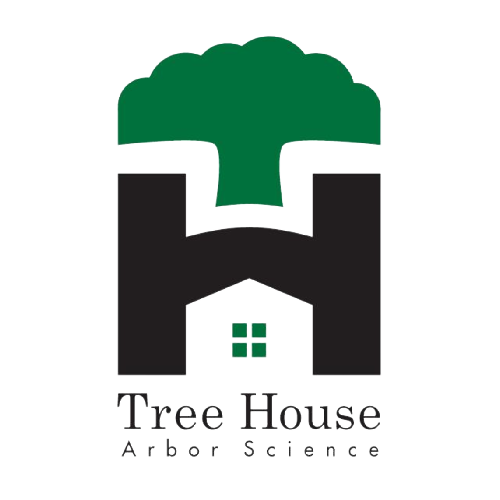Battling Gypsy Moth Infestations
Protecting Urban Trees in Madison
The lush urban landscape of Madison, Wisconsin, boasts a diverse array of trees that provide shade, beauty, and vital ecosystems. However, amidst this natural splendor, a threat looms in the form of gypsy moths, also known as spongy moths. As local tree experts we are committed to preserving the health and longevity of our urban trees. In this article, we will delve into the impact of gypsy moth infestations on your trees, discuss how to identify an infestation, and explore strategies arborists employ to safeguard our priceless green assets.
Female and Male Adult Gypsy Moths
Images by Didier Descouens CC4.0
The Impact of Gypsy Moths on Urban Trees
Gypsy moths, Lymantria dispar, are invasive pests that can wreak havoc on your trees. The larvae of these moths voraciously feed on the leaves of a wide range of tree species, leaving behind defoliated and weakened trees. In an urban environment, where trees face various stressors already, a gypsy moth infestation can make them more vulnerable and compromise their overall health.
Identifying a Gypsy Moth Infestation
Detecting a gypsy moth infestation in its early stages is crucial for effective management. Watch for these signs of infestation.
Defoliation: Gypsy moth caterpillars eat leaves, leading to partial or complete defoliation of trees (first image).
Egg Masses: Gypsy moth egg masses are tan-colored and may appear on tree trunks, branches, or other surfaces (second image).
Caterpillars: The caterpillars have distinctive hairs and a double row of blue and red dots along their back (third image).
Silk Trails: Silk threads created by caterpillars can be observed hanging from branches and leaves.
Arborists' Role in Mitigating Negative Impacts
Arborists in Madison play a critical role in preventing and managing gypsy moth infestations to protect your trees.
Monitoring: Regular tree inspections by our trained Madison arborists can detect early signs of infestations, allowing for prompt action.
Integrated Pest Management (IPM): Our arborists employ IPM strategies that combine various techniques, such as biological controls, insecticide treatments, and cultural practices, to manage gypsy moth populations.
Tree Health Assessment: Our arborists assess the overall health of trees to determine their resilience to infestations. Healthy trees are better equipped to withstand and recover from gypsy moth damage.
Pruning and Maintenance: Pruning by our trained arborists promotes tree vigor, removes infested branches, and can reduce the impact of gypsy moths.
Education: Our arborists will teach you how to identify gypsy moth infestations and adopt preventative measures.
Preventative Measures
Gypsy Moth Trap
Image by by Tony Webster CC2.0
Proactive measures are important to prevent gypsy moth infestations and minimize their impact on your trees:
Plant Diversity: A diverse mix of tree species in urban landscapes can reduce the vulnerability to gypsy moth attacks.
Tree Health: Regular watering, mulching, and proper pruning practices enhance tree health, making them less susceptible to infestations.
Trapping and Removal: Arborists may strategically place traps to capture adult moths, thereby reducing the population before larvae emerge.
Gypsy moth infestations pose a significant threat to the urban trees that define Madison's landscape. As tree experts, we emphasize the need for vigilance, education, and proactive measures to protect your yard and our public spaces. By partnering with us and adopting preventative strategies, you can safeguard your trees from the destructive impact of gypsy moths. Together, let's ensure that the vibrant canopy of Madison's urban forest continues to thrive for generations to come.
For more information visit this website from the Dane County Tree Canopy Collective.
Defoliation image by Famartin CC4.0, Egg sacks image by Dendroica cerulea CC2.0






